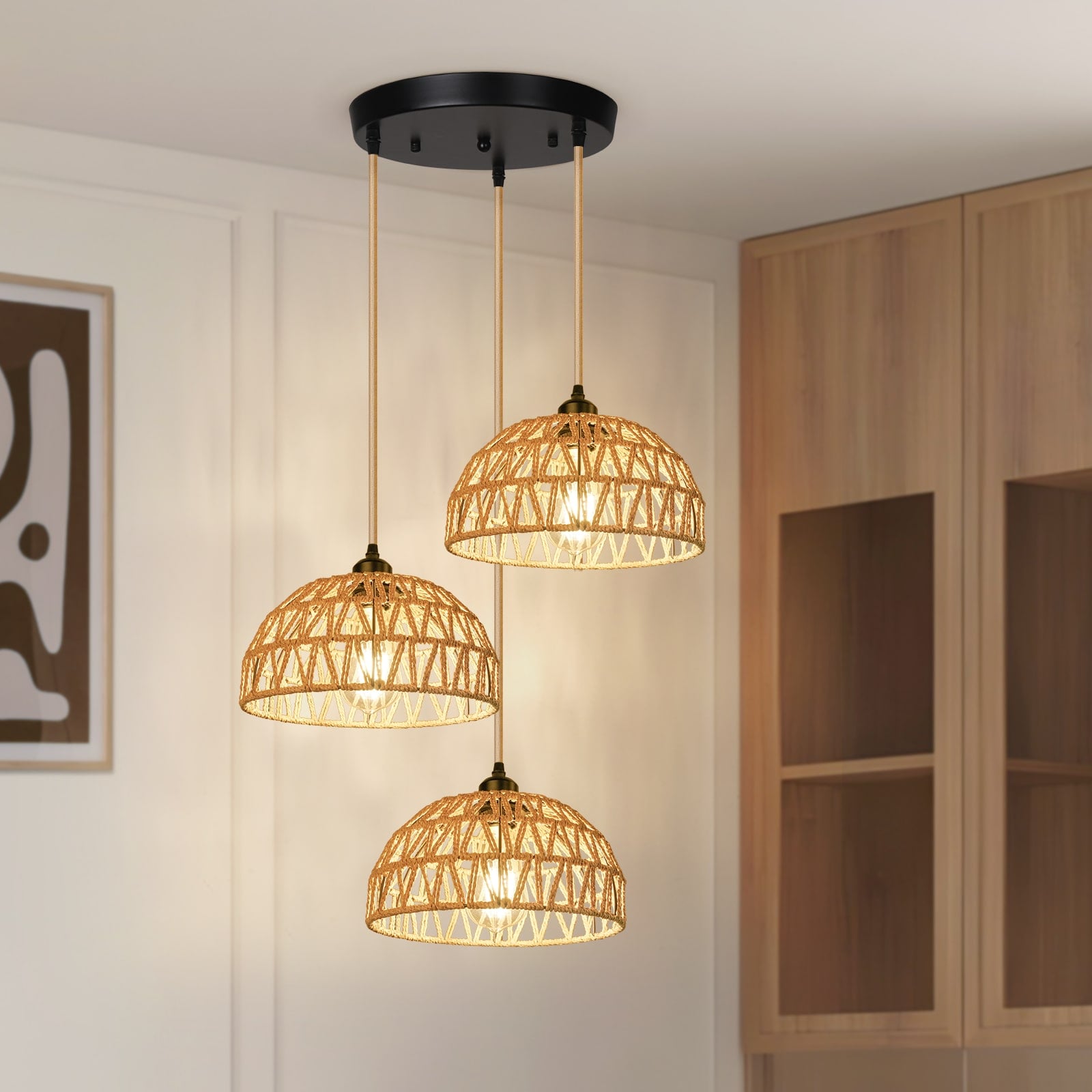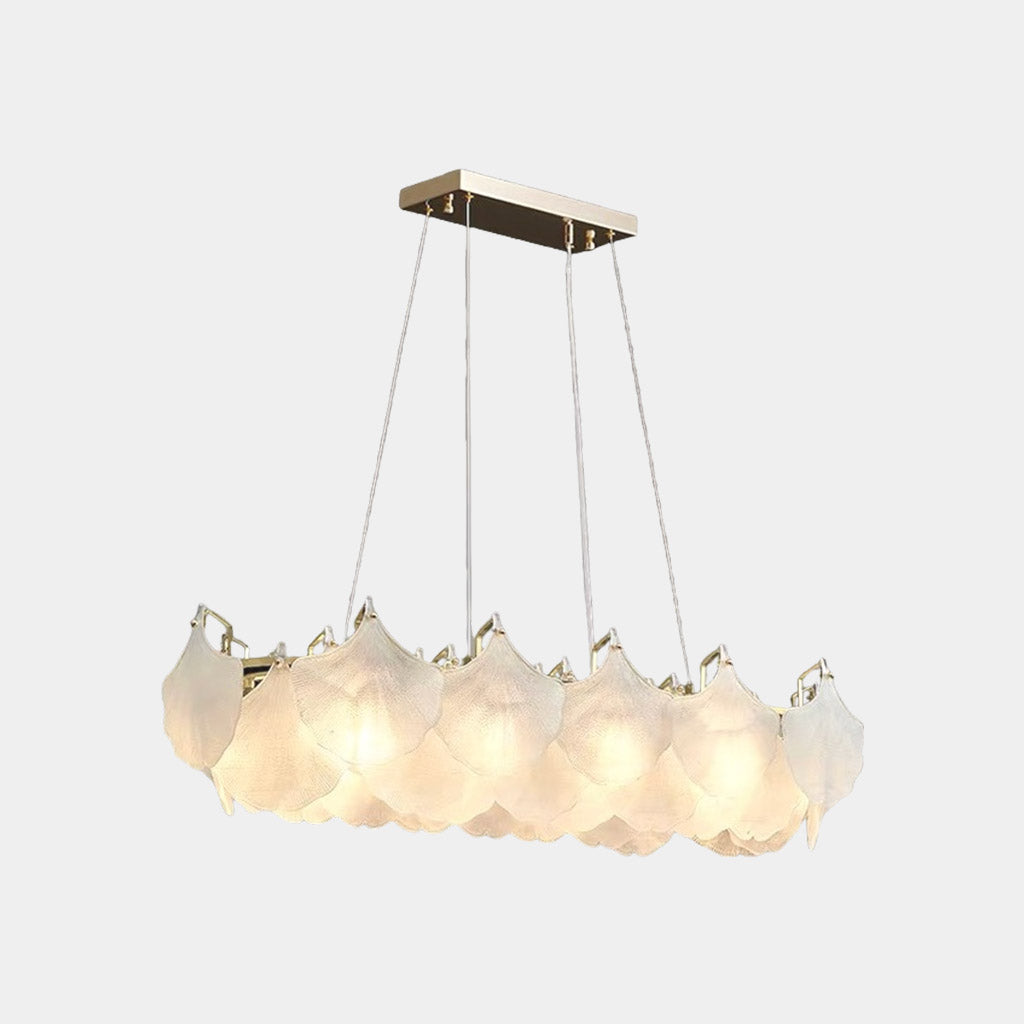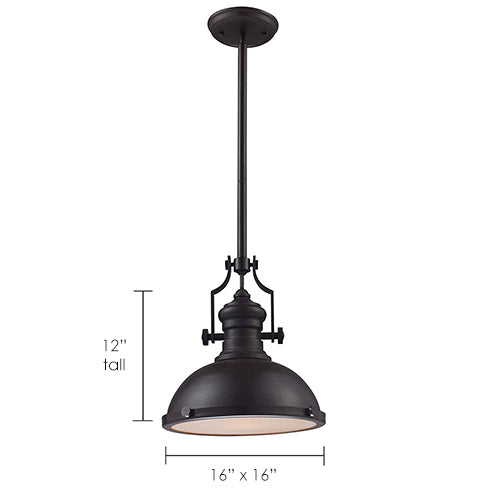A Comprehensive Overview to Putting Up and Keeping Your Pendant Light
Maintaining a necklace and mounting light calls for mindful preparation and execution. Appropriate height measurements can improve both functionality and layout. Vital tools and a clear installment process are crucial for an effective arrangement. Routine upkeep warranties durability and performance. Understanding these aspects can transform an area. Understanding where to start might seem daunting. What actions should one focus on to attain the very best results?
Understanding Pendant Light Styles
While lots of house owners look for to improve their rooms with Pendant illumination, comprehending the various styles offered is essential for making an enlightened selection. Pendant lights can be found in a wide variety of layouts, each offering one-of-a-kind aesthetic and practical benefits. Traditional Pendant lights typically feature classic shapes and materials, such as glass or metal, giving a timeless appeal. Contemporary layouts, on the various other hand, might incorporate bold colors and innovative materials to produce striking prime focus.
Industrial-style pendants typically utilize basic materials like subjected bulbs and rustic finishes, ideal for loft spaces and contemporary setups. For a much more wayward touch, vintage-inspired alternatives evoke fond memories with elaborate information and retro surfaces. In addition, minimal designs concentrate on simplicity and clean lines, attracting those that choose downplayed sophistication. Understanding these diverse styles permits property owners to select Pendant lights that not just complements their style but likewise serves their sensible lights needs efficiently.
Determining the Perfect Elevation for Your Pendant Light
How does one determine the best elevation for a necklace light? To achieve the most effective performance and aesthetic allure, a number of factors need to be taken into consideration. Typically, a pendant light ought to hang 30 to 36 inches above a table to assure enough lighting without blocking views. Precede with high ceilings, the fixture might be placed slightly higher to keep symmetry.
For kitchen islands, an elevation of 28 to 34 inches over the countertop is typically recommended, allowing for adequate light insurance coverage while preserving a welcoming ambience. In living locations, the Pendant should be hung at an elevation that matches the bordering design and does not produce a danger for individuals strolling underneath it.
Ultimately, individual choice and room dimensions play considerable functions in establishing the excellent elevation. Testing numerous elevations before final installation may help achieve the wanted impact and capability.
Devices and Materials Needed for Setup
Successful installment of Pendant lights needs a specific set of materials and tools to ensure a smooth process. Essential tools include a screwdriver, wire stripper, and a drill, which assist in protected component accessory and proper wiring. A voltage tester is vital for verifying safety by guaranteeing that power is off prior to beginning any kind of electric work.
Along with tools, specific products are required for setup. These consist of the Pendant light fixture itself, electric wiring, wire nuts for protected connections, and mounting equipment. A ceiling hook might likewise be called for, relying on the component's design.
For included safety and convenience, a ladder will certainly help within high ceilings, while a degree assures that the light hangs uniformly. Preparing these materials and tools ahead of time enhances the installment process, making it a lot more reliable and efficient. Correct preparation is vital to achieving a successful Pendant light installment.
Step-by-Step Installation Process
With the essential tools and products collected, the installment process for Pendant lights can begin. Initially, the power supply should be switched off at the circuit breaker to guarantee safety and security. Next off, the placing brace requires to be connected to the electrical box in the ceiling. After safeguarding it, the electrician's tape should be used to cover any exposed cables.
Complying with that, the Pendant light's wires are attached to the corresponding wires in the ceiling: black to black (or red), white to white, and environment-friendly or copper for ground. When the connections are made, they need to be secured with wire nuts.
The Pendant light can then be affixed to the placing brace, ensuring it hangs at the desired elevation. The light bulb is put, and the power is transformed back on at the circuit breaker, enabling the new Pendant light to illuminate the space.
Maintaining and Cleansing Your Pendant Light
What steps should be required to guarantee the long life and visual appeal of Pendant lights? Regular upkeep and cleansing are crucial in protecting their elegance and functionality. Dust and dirt can accumulate on Pendant lights, decreasing their luster. To clean up, a soft, lint-free towel or microfiber towel must be made use of, along with a mild cleaner suitable for the surface area material - Pendant Light. For glass or crystal pendants, a glass cleanser can improve quality without streaks
It is advisable to transform off the light and permit it to cool down prior to cleaning. In addition, checking the fixture for loose bulbs or connections occasionally guarantees safety and optimal performance. Altering light bulbs consistently prevents strain on electrical elements if suitable. Lastly, maintaining a safe setting by avoiding exposure to dampness can substantially expand the life of Pendant lighting. Adhering to these steps will keep Pendant lights looking their best while working successfully.
Fixing Usual Pendant Light Issues
When pendant lights breakdown, numerous typical concerns might develop, including flickering light bulbs, incorrect installation, and voltage changes. Determining the source is crucial for efficient repairing and guaranteeing peak performance. Resolving these issues immediately can enhance the durability and performance of Pendant illumination components.
Flickering Light Bulbs
Flickering light bulbs can be a source of frustration for house owners, commonly signaling underlying electrical issues or straightforward maintenance requirements. This sensation might come from click resources loosened light bulb links, where the bulb is not securely matched the socket, triggering recurring get in touch with (Pendant Light). Furthermore, damaged or aging light bulbs may flicker as they near the end of their lifespan. An additional usual cause is irregular voltage, which can develop from problems within the electrical system or overloading circuits. Homeowners ought to additionally look for damaged electrical wiring, as this can bring about flickering and pose security threats. Prompt substitutes and regular inspections are essential to ensure proper performance and to maintain a risk-free home atmosphere. Determining the origin without delay can avoid further difficulties

Wrong Installation Concerns
Incorrect installment of Pendant lights can lead to a variety her comment is here of concerns that might look like those triggered by flickering bulbs. Common problems include loose circuitry connections, which can interrupt the flow of electricity and cause intermittent illumination. Furthermore, if the placing brace is not securely fastened, the Pendant may hang unevenly, developing an unsteady fixture that can trigger vibrations or noise. Incorrect bulb kinds or wattage can likewise add to efficiency concerns, as inappropriate light bulbs may not operate effectively in the fixture. Lastly, poor spacing from the ceiling can create shadows or lower light circulation, decreasing the designated result of the Pendant light. Determining and resolving these setup errors is necessary for achieving appropriate functionality and aesthetic allure.
Voltage Change Problems
Pendant lights can boost an area's setting, voltage variations can lead to considerable efficiency issues. These variations might trigger flickering lights, reduced brightness, or even premature bulb failure. To diagnose such problems, one must initially inspect the light's compatibility with the voltage supply. Using a multimeter can aid determine voltage levels and determine abnormalities. If voltage issues continue, it might be essential to examine the electrical system for loosened links or damaged circuitry. In some instances, speaking with a licensed electrician is recommended to guarantee security and compliance with regional codes. Effectively addressing voltage variations not only improves the performance of Pendant lights however additionally expands their life-span and enhances total lights top quality.
Enhancing Your Space With Pendant Light Placement
Effective Pendant light placement can substantially boost a room by adhering to ideal height standards, making certain the best lighting level. Layering these lights with various other resources can produce a well balanced atmosphere, highlighting focal factors within the area. Attaining a harmonious appearance needs cautious factor to consider of both the component's placement and its connection with bordering elements.
Optimal Elevation Standards
When contemplating the excellent height for Pendant lights, a general guideline suggests hanging them about 30 to 36 inches over a counter top or table surface. This height permits maximum illumination while guaranteeing that the light does not block views or develop dangers. In dining locations, Pendant lights need to be positioned to boost the dining experience, commonly around 28 to 34 inches above the table. For cooking area islands, maintaining uniformity throughout several pendants can develop a cohesive look; spacing them uniformly and adhering to the suggested height boosts capability. It is important to take into consideration ceiling elevation also, as higher ceilings might require adjustments to maintain symmetry and visual charm. Appropriate height positioning considerably adds to the general atmosphere of an area.
Layering With Other Lights
As Pendant lights are integrated into a broader lighting design, they can substantially enhance the ambience of a space. Their convenience allows them to be layered with ambient, job, and accent illumination, producing an unified equilibrium. Incorporating pendant lights with recessed illumination can supply general lighting while highlighting certain areas. Job lighting, such as under-cabinet lights, can match pendants in cooking areas, ensuring capability without giving up design. Accent lights, like wall sconces, can further enhance the atmosphere, accentuating artwork or architectural features. By purposefully positioning these source of lights, home owners can attain deepness and measurement, changing a normal space into a wonderfully lit up setting that satisfies different tasks and moods.
Prime Focus and Balance

Strategically positioned Pendant lights can function as enchanting focal points within a room, attracting the eye and enhancing the total aesthetic. When choosing pendant lights, it is important to take into account their dimension, shape, and color to guarantee they complement the existing design. For instance, a click resources strong, extra-large Pendant can produce a striking focal point over an eating table, while smaller sized components might function much better in collections to achieve a balanced look. Furthermore, placing Pendant lights at varying heights can include depth and aesthetic rate of interest to the room. Maintaining balance with other components, such as furniture and wall colors, will ensure that the Pendant lights improve the area without overwhelming it. Thoughtful placement transforms the ambiance, producing an unified and inviting ambience.
Regularly Asked Questions
Can I Set Up a Pendant Light in a Recessed Ceiling?
The question of whether a pendant light can be installed in a recessed ceiling often emerges. Generally, it is possible with ideal mounting equipment, making sure proper assistance and electric links for efficient and secure setup.
What Kind of Light Bulb Is Finest for Pendant Lighting?
When choosing bulbs for Pendant lights, LED options are commonly chosen as a result of their energy efficiency and durability. Furthermore, the color temperature need to match the preferred atmosphere, with cozy white being a prominent option for relaxing setups.
Are Pendant Lighting Safe for Outdoor Usage?

How Do I Pick the Right Pendant Light Wattage?
Choosing the ideal Pendant light power level includes examining the area's size, wanted brightness, and fixture compatibility. Generally, reduced electrical powers suit ambient lighting, while higher wattages provide job lights, guaranteeing capability and aesthetic appeal.
Can I Use a Dimmer Switch With My Pendant Light?
The question occurred whether a dimmer button can be utilized with a necklace light. Normally, if the light fixture and bulb work, a dimmer button can effectively boost atmosphere and control illumination degrees.
When pendant lights breakdown, several typical issues may occur, consisting of flickering light bulbs, incorrect installation, and voltage changes. Incorrect installment of Pendant lights can lead to a range of problems that might resemble those triggered by flickering light bulbs. Inadequate spacing from the ceiling can create shadows or minimize light distribution, decreasing the intended effect of the Pendant light. Effective Pendant light positioning can significantly enhance a space by sticking to suitable elevation standards, making sure the appropriate lighting level. When picking light bulbs for Pendant lights, LED options are commonly favored due to their energy efficiency and long life.